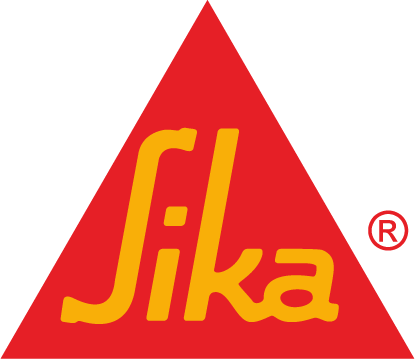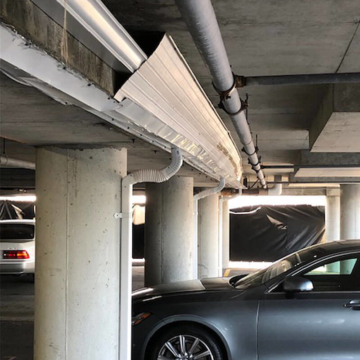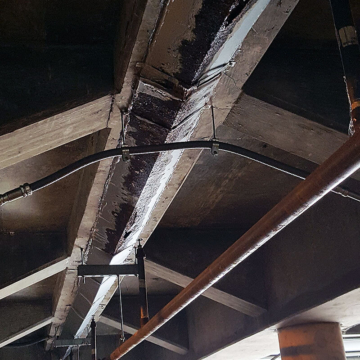Gutters Hide Expansion Joint Leaks
Waterproofing expansion joints must occur at the deck surface. If water leaks through, or is allowed to pass through the primary expansion joint with the intention of using gutters to catch the water, then you are engaged in water management, not waterproofing.
These expansion joint gutter photos received by our Tech Team inspired a re-post from our FAQ:
Why does Sika Emseal discourage the use of gutters?
The photos illustrates vividly why expansion joints should be watertight at their top surface. And why gutters can lead to the need for seriously costly repairs.
They underscore how gutters conceal leaks, resulting in structural damage that is dangerous and far more costly than the price of an expansion joint that works.
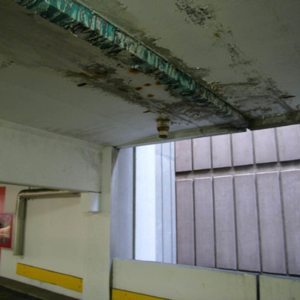
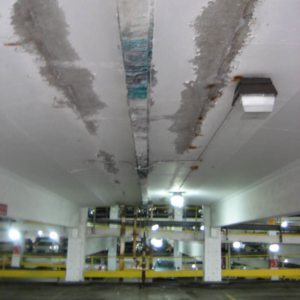
Water trapped by these gutters is soaking deep into the concrete. Signs of corrosion are appearing along and adjacent to the expansion joint location and are a precursor to dangerous spalling.
Expansion Joint Gutters Create More (and Bigger) Problems Than They Solve
There are several reasons not to use gutters under joint systems:
- Gutters conceals leaks. The leaks go undetected. Water (carrying salts and other corrosion causing chemicals) bypasses the primary joint system, runs over and penetrates the concrete on its way to the gutter. Rebar corrodes, expands, and spalls the concrete. Costly and dangerous degradation of the structure begins.
- Gutters are not water proofing, they are water management. Water that reaches a gutter must be managed to drains. To do this gutters must be pitched to ensure drainage. The gutters must be dammed at ends and be fabricated to be watertight at plane and direction changes. Joint systems are too often detailed in cross-section only. In cross-section a gutter looks effective. Joints detailed in cross-section will not get constructed either with pitch or with terminations, transitions, or integration into the drainage systems. It is when the gutter is considered in 3-D that the challenges of water management are revealed. (More on 3-D joint design).
- A joint system that incorporates a gutter as standard equipment or a joint design that incorporates a gutter beneath another joint system is by default admission that the joint system is not watertight. The choice of that joint system should be reconsidered.
- Gutters, or gutters incorporated into joint systems, provide a highway for vermin. It is not unusual, particularly in sports venues like stadiums to find evidence of active communities of rats and other vermin using gutters as their homes and/or transportation infrastructure around the building. Joint systems that are not watertight at the surface allow liquids (beer, soda pop) and washing-water-diluted foods to enter the gutter system. Vermin take advantage of this food source.
- Downspouts get blocked. Downspouts are highly susceptible to blockage due to the accumulation of debris in gutters.
- Again, gutters conceal leaks. Sika Emseal supplies joint systems that are watertight. These systems when properly detailed using isometric CAD details for watertight treatment at terminations and transitions, and when installed according to Sika Emseal’s instructions, can be expected to be watertight.
If a system leaks, we want immediate, early detection of the leak. This will allow the cause of the leak to be identified and remedied. Gutters can seriously compound the difficulty of tracing the source of the leak to a particular location as well as the structural damage caused by leaks.
Waterproofing expansion joints must be achieved at the deck surface. This is possible, practical and routine when designer, manufacturer and contractor work together.
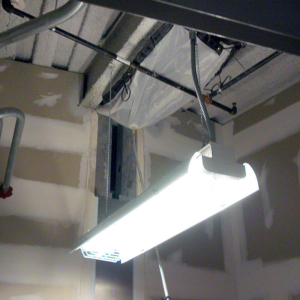
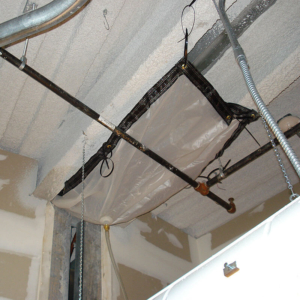
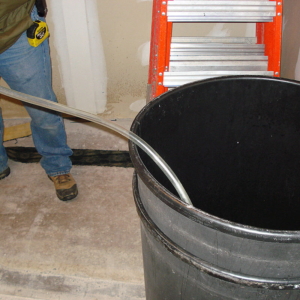
Improperly sealed expansion joints wreak havoc on finishes and utilities and render tenantable space unusable. Here a gutter under an expansion joint was installed with no thought given to termination and water management. A bag and downspout was added to collect the water and run it to a bucket. The bucket has to be continually emptied. And who wants this contraption in their space anyway? A properly selected watertight expansion joint system, complete with proper terminations and transitions can eliminate all this.

